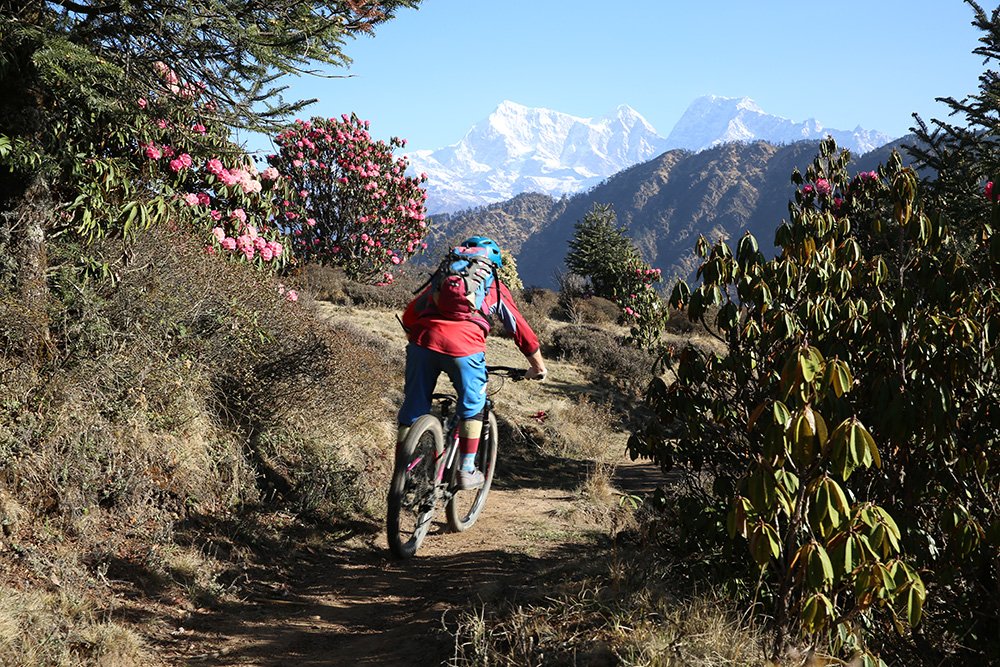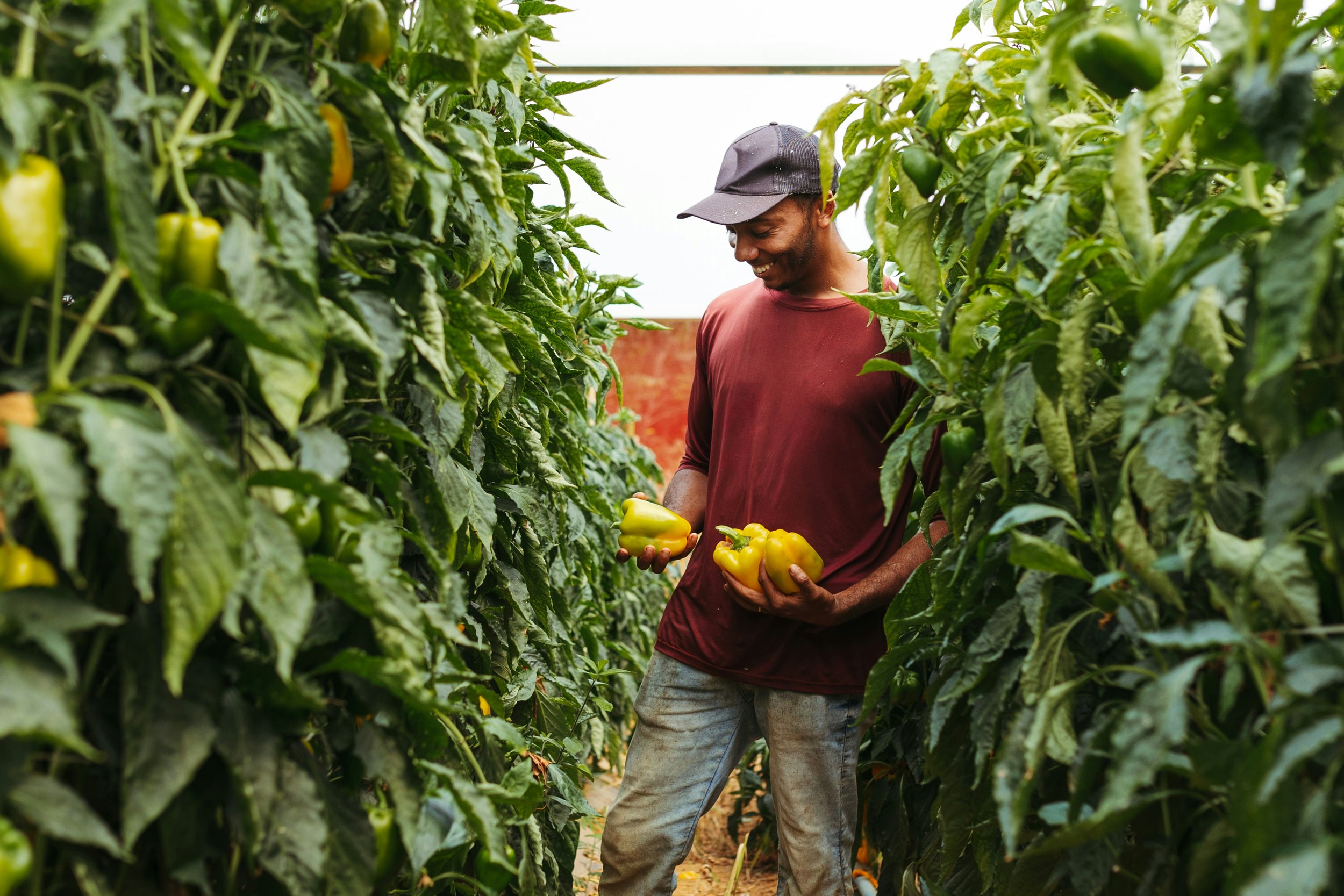Top Tips To Reduce The Carbon Footprint Of Your Travel Business
Created in partnership with our friends and carbon partners, ecollective, WE’VE PUT TOGETHER SOME successful strategies for travel businesses to reduce their carbon emissions, prioritising the most impactful areas for intervention.
Consider this a foundation for action — highlighting practical solutions to reducing your carbon emissions that are not only feasible, but imperative for a sustainable future.
Despite its challenges, travel —done right — plays a pivotal role in conserving ecosystems and supporting communities around the world. But with global travel and tourism contributing to approximately 8-11% of global emissions, decarbonisation needs to be a priority for our industry, and we all need to play our part.
Aiming for perfection can often get in the way of progress, so its important just to make a start. We hope this handy guide will act as a springboard for beginning, or continuing, your reduction efforts - and ecollective are always on hand to help if you need more in depth help.
TRIPS
The bulk of emissions come from the trips that tourism operators design and host. Here are some easy ways to reduce the emissions created by your clients’ trips:
FLIGHTS
Help customers travel to their chosen destination by train when workable.
Swap out internal or domestic flights when other forms of travel work well - soon you might not have a choice, with France and Spain banning short haul flights shorter than two hours, where an alternative by rail exists. TCTF member NINE recently designed a 3 week trip for a client that included 7 train journeys and only one pan-European flight!
Spend time finding the most direct flights, or airlines which are most fuel-efficient. Google Flights can help you find the answers.
Reduce the average distance flown by customers by suggesting or introducing new destinations closer to home.
TRANSFERS
DMCs and hotels could look to make the switch to electric vehicles and boats, like Dive Butler. This is not a change that happens overnight, but in phases, based on the age of your existing fleet and operational viability.
Embrace public transport by using trains, trams and buses to add a local flavour. Think bullet trains in Japan, or the Metro in Paris…
Get creative and make transfers part of the adventure — can your clients arrive by canoe, on horseback or on foot?
ACTIVITIES
Phase out high carbon activities for lower carbon options. For example, swap a petrol powered snowmobile for an electric one, or a 4x4 safari for a walking safari.
Concentrate on activities that are human powered, whether that’s a walking tour of a city, a snorkelling trip on the house reef or downhill mountain biking through forests, like our friends at Phaplu Mountain Bike Club and members, The Slow Cyclist.
MEALS
Switch to vegetarian or, better yet, vegan options. TCTF Ambassador Harika Parmar’s company VOGO Tours focuses on vegan and vegetarian meals.
Adapt your menus to phase out high carbon ingredients such as beef or non-local fish and proteins, resulting in a lower carbon footprint.
Aim for a zero food waste menu like Reclaim Yourself Retreats or running a zero waste kitchen like Blue Apple’s chef, Pedro Mosqueda.
ACCOMMODATION
Focus on selling hotels that have committed to Net Zero like The Datai Langkawi, as their carbon footprint per bedroom per night will reduce each year.
Book hotels like Seaside Finolhu Baa Atoll Maldives which run on renewable energy, so typically have a much smaller footprint.
Pay attention to hotels that have clever nature-inspired design like Bamurru Plains, one of TCTF member Wild Bush Luxury’s properties. Of their 10 mesh-sided safari bungalows, only 3 have air conditioning and this is provided at a surcharge.
Collect information about your top selling properties, like Katie Terrington Private Travel does.
Reduce (and ultimately, decline) gifts and amenities offered at accommodation — reducing waste and saving carbon.
ON THE GROUND
Whilst reducing the carbon footprint of the trips you design will have the largest impact overall — particularly when it comes to aviation — there are lots of changes you can make on the ground that will help you reduce your footprint and positively impact your bottom line:
PREMISES
Installing solar panels like Blue Apple or other renewable energy solutions like wind turbines, reduce both your electricity bills and your carbon footprint.
On the grid? Try to use a renewable electricity provider.
For most offices, there is very little need for waste. Set waste reduction targets and try slowly removing bins to make recycling the default option.
COMMUTING
If your office is not easy to reach by public transport, introduce flexible working. Joro allows employees to work from home part of each week, minimising commuting emissions (and saving employee’s time and money).
Or don’t have an office at all! The Conscious Travel Foundation doesn’t have an office and this works well for us.
WORKING FROM HOME
Educate and make it easy for employees to switch to renewable energy at home (like we’ve done at TCTF), or plan to fund solar panels for your team like Senderos.
BUSINESS AND FAM TRAVEL
Set annual carbon budgets, like ecollective. They have a yearly cap on the emissions each member of the team can emit through travel. Fellow members including NINE, Lemongrass, Senderos and Niarra have these in place too.
Encourage employees to take the train like Lemongrass. Explore giving employees extra time off when they travel internationally by train to allow for the extra travel time.
If business class travel is common, incentivise economy travel by giving employees 50% of the cost-saving.
Invited on a FAM trip? Consider if it’s really necessary. You might have been there before, or you might be able to call on the knowledge of a fellow travel business who has. Set yourself a FAM budget for the year and stick to it, like AW Private Travel.
EVENTS & AWAY DAYS
Pick locations that mean the average travel distance of the team is as low as possible.
Company away days or trips can have low footprints by involving low carbon adventures, from walking or canoeing to yoga or climbing — and serving vegetarian food.
When hosting events, choose values-aligned venues and opt for vegetarian menus like TCTF did at our auction last year. And why not challenge your guests to travel to the event in the most planet friendly way possible?
When styling industry events, consider the carbon footprint of the flowers. The carbon footprint of imported flowers can be 10 times that of a homegrown blooms, so it pays to use seasonal, local flowers — like member By Georgie does for their events.
WEBSITE
Reduce the size of your website each year. This improves the user experience, the SEO performance and reduces emissions. Our partners Lemongrass can help advise on this.
Use a web host whose servers are powered by renewable energy. Krystal is a B Corp web hosting company whose servers are powered 100% by renewable electricity. Others can be found onThe Green Web Foundation.
Need some extra help? Get in touch with Charlie and the team at ecollective for a no-nonsense, straightforward approach to measuring and reducing the carbon footprint of your travel business.





